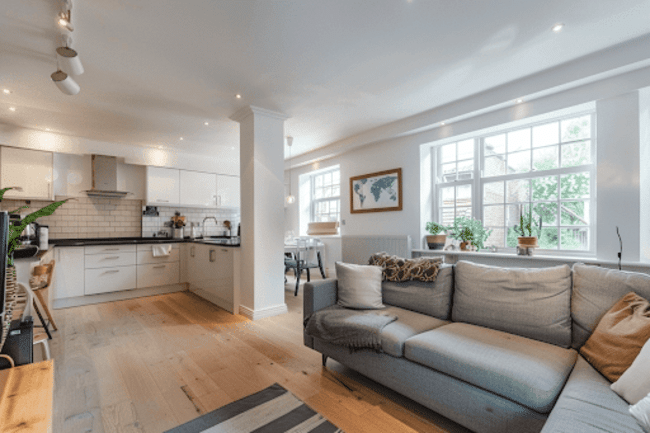To develop more sustainable living, the construction sector in the UK continues to improve with more eco-friendly materials and building methodologies. This paper discusses the modern sustainable building techniques that define the UK home in pursuit of efficiency, sustainability, and a reduced carbon footprint.
The Critical Role of Home Retrofitting
One of the most exciting trends in developing sustainable homes is the return to traditional building methodologies and the incorporation of modern technology. To demonstrate this collaboration, the Tywi Centre recently announced the Sustainable and Traditional Buildings Fair, aiming to showcase traditional timber framing, lime plastering, and straw bale building capabilities. These methods employ natural materials and less environmentally harmful construction practices, making them popular as more homeowners and developers strive to be greener.
Another significant aspect regarding UK homes focuses on the renovation or retrofitting of existing homes. Considering that a large percentage of homes in the UK are old and not energy efficient, there is an emphasis on utilising less carbon and monoculture. In relation to the UKGBC guidelines, various initiatives promote installing insulation, energy-efficient windows, and specifications, and advanced heating systems that improve thermal conditions.
AI and digital technologies are impacting how homes are created, developed, and function. Upon their application, the role of AI can include optimising and improving construction processes, enhancing construction speed, and increasing the efficiency of resource utilisation. By using digital technology, organisations can plan optimally and identify various problems before they occur, ensuring sustainable as well as commercially viable buildings.
According to a Deloitte report, 2024 engineering construction industry outlook, sustainability practices in the future will be essential for keeping pace with economic developments. The report suggests that as sustainability and consumption patterns continue to shift, the industry will involve more sustainable materials like recycled steel and crushed glass concrete, which produce less carbon and offer substantial benefits in the long term.
Why People Buy New Upgraded Flats in New Buildings
The trend of purchasing new, upgraded flats in newly built structures is growing around the country. One reason for this is the modern amenities. While older houses may require a significant investment to make them sufficiently modern and comfortable to live in, new builds for sale are full of the latest technological comforts.
For example, they are equipped with energy-efficient systems that reduce costs while being better for the environment. These can include state-of-the-art appliances and home automation systems that make it easier and more convenient for people to live in their homes. Moreover, for this new build type of house, it is common to choose finishing touches and fixtures that suit various needs, tastes, and personalities.
Developer Incentives and Guarantees
Another aspect of buying new is a “blank canvas”. Developers often offer a range of incentives to attract buyers. This may include contributing to closing costs, paying stamp duty on the buyer’s behalf, or even including furniture packages, which can be a serious advantage for those striving to minimise initial expenses.
Moreover, new builds come with warranties and guarantees: a 10-year NHBC warranty, for example, covers all structural defects. This is a great advantage since many pre-owned houses are very old, and their new owners may encounter hidden costs. According to buyer testimonials, new owners particularly enjoy the opportunity to personalise their homes.
Where to Find the Most New Builds in London
In London’s bustling real estate market, certain areas have become hotspots for new developments, with several boroughs seeing a significant uptick in the construction of new homes.
Recent statistics indicate that boroughs like Newham and Greenwich are leading in terms of new housing construction starts. Newham, in particular, has been a focal point for developers, with a substantial number of new residential projects completed in the past year. Greenwich follows closely, reflecting a broader trend that sees East and South East London as prime areas for new developments. These boroughs attract a mix of first-time buyers and seasoned investors, drawn by the promise of new, modern housing options and the potential for property value appreciation.
For wealthy investors, the choice should be closer to the centre, in zones 1-2. Neighbourhoods that are good options for investment:
- Lambeth
- Greenwich
- Belgravia
- Southwark
And in some of them, such as Belgravia, you’ll find many celebrities as your neighbours.
Deptford, Lewisham, and Kennington are more budget-friendly and equally popular. They are more suitable for a relaxed family life with good infrastructure, proximity to parks, and no crowds of tourists. Kennington does not quite fit the definition of budget, but there you can find inexpensive new builds, which over time only grow in value.
These are just a handful of London’s world-famous neighbourhoods. You’ve probably heard of them before. Having a residence in one of these places is very prestigious. The new builds in the South East have a high potential for an annual increase in value, as practice shows. Otherwise, London would not be the most popular place to invest.


